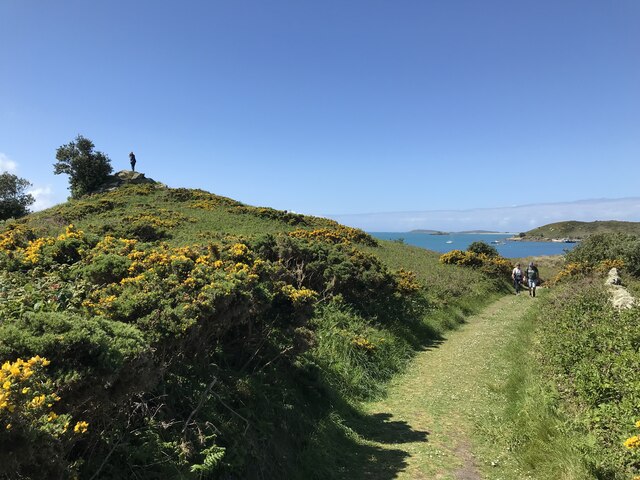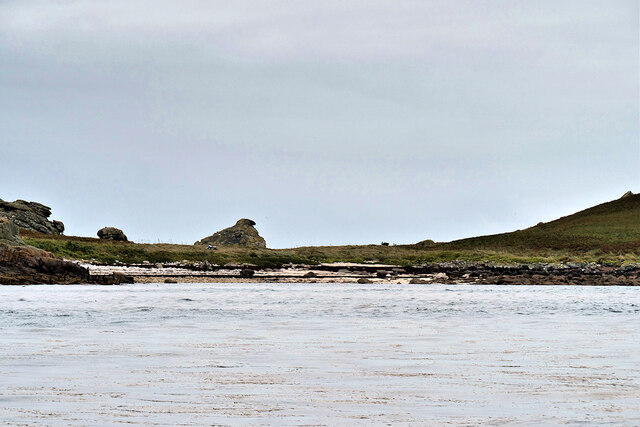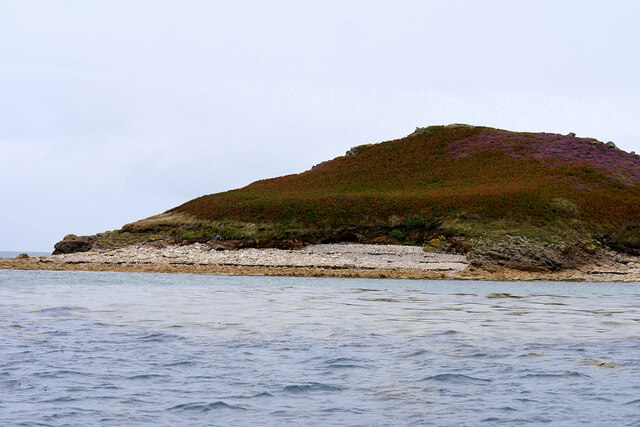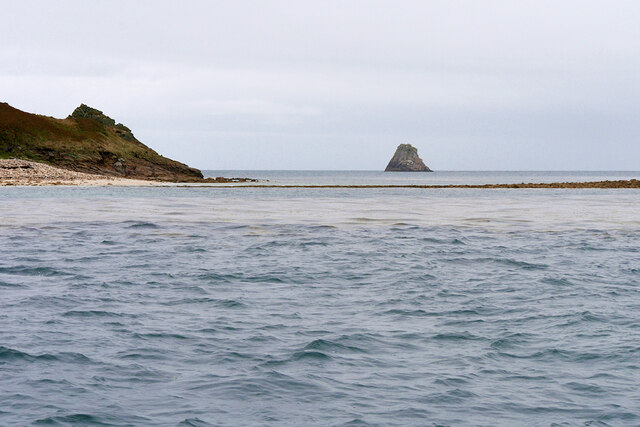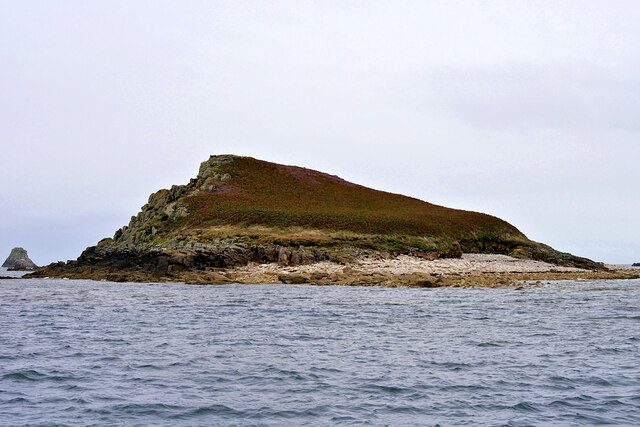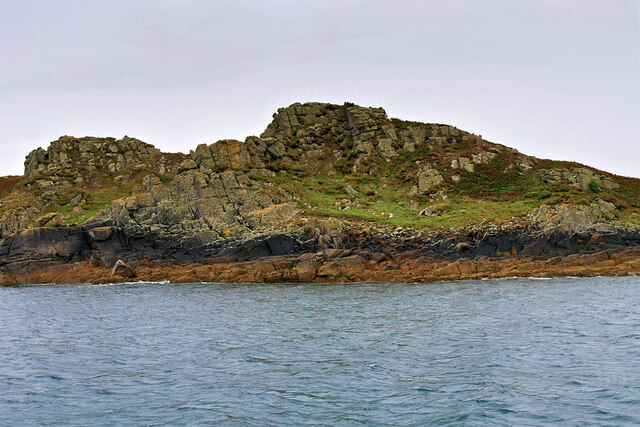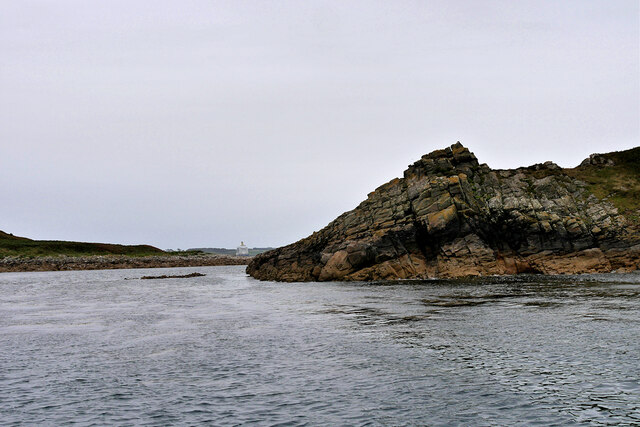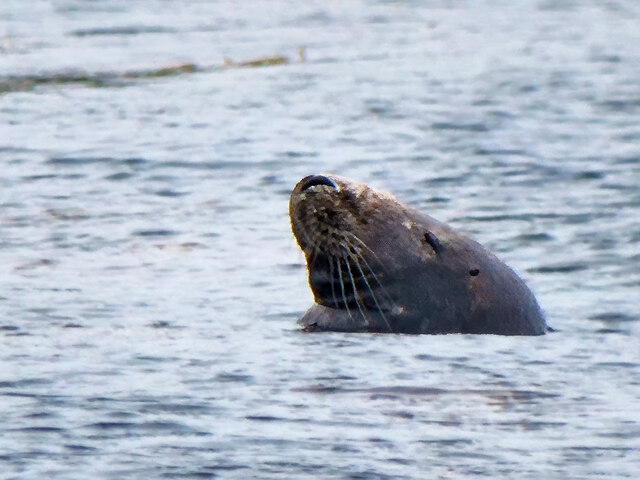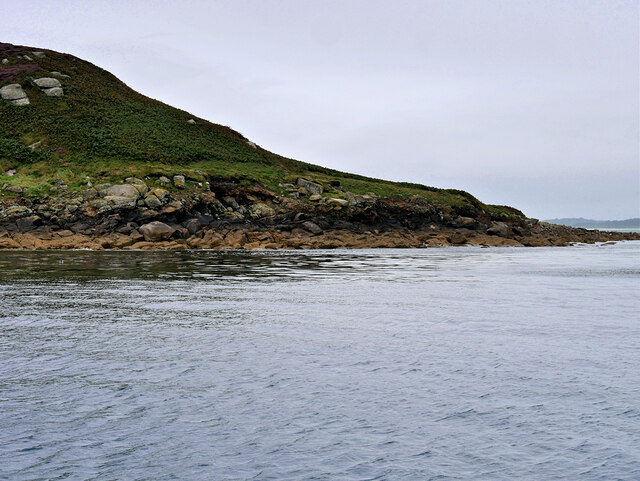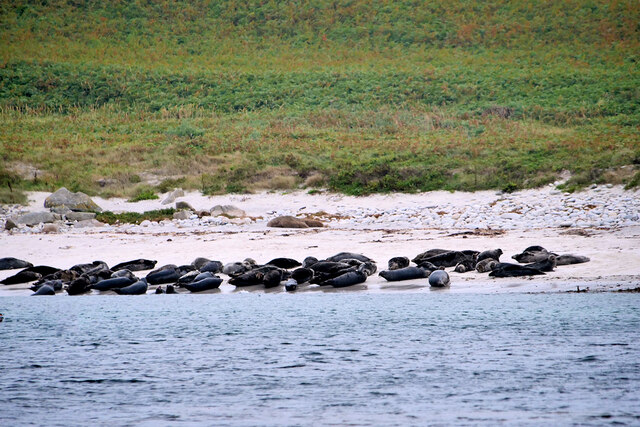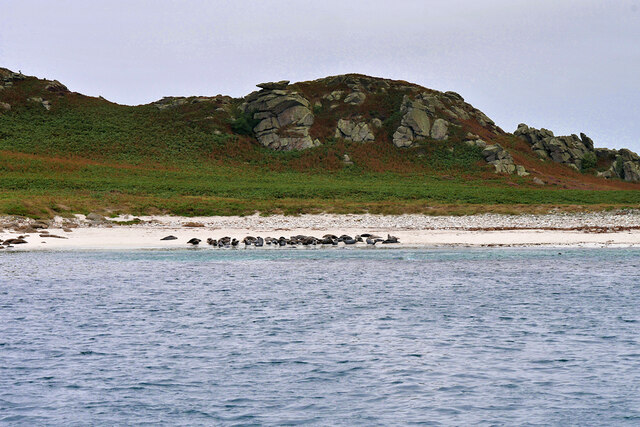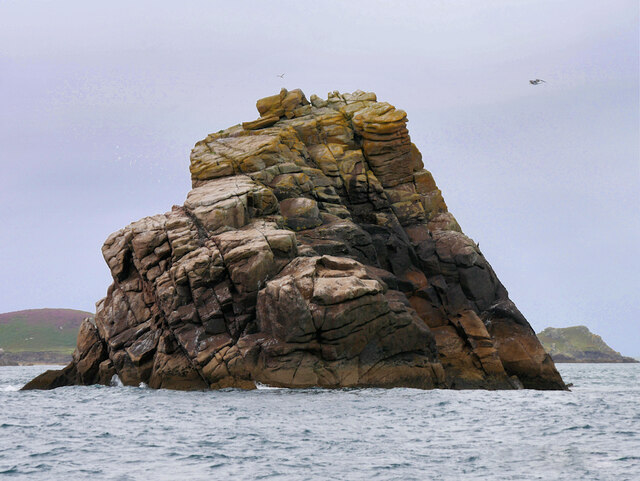Hard Lewis Rocks
Coastal Feature, Headland, Point in Cornwall
England
Hard Lewis Rocks
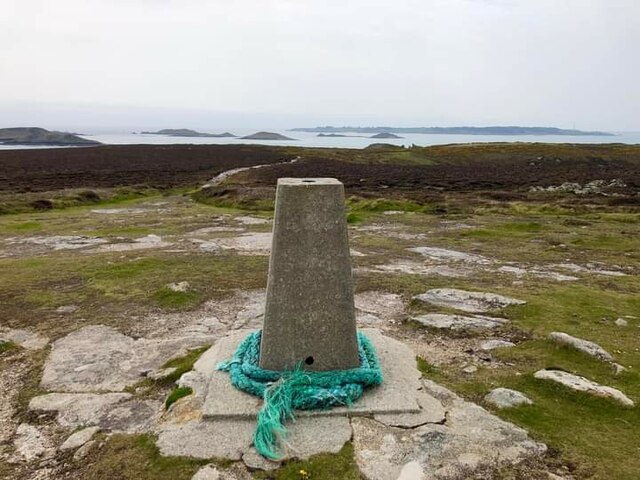
Hard Lewis Rocks is a prominent coastal feature located in Cornwall, England. It is a headland that extends into the Atlantic Ocean, forming a distinct point along the rugged coastline. This geological formation is known for its stunning natural beauty and is a popular destination for nature lovers, hikers, and photographers.
The headland is characterized by towering cliffs that rise up to 70 meters above sea level, offering breathtaking panoramic views of the surrounding area. These cliffs are composed of rugged granite, giving them a distinct and imposing appearance. At the base of the headland, there are numerous rocky outcrops and small caves, adding to the dramatic scenery.
Hard Lewis Rocks is also renowned for its diverse marine life. The surrounding waters are home to a variety of species, including seals, dolphins, and a wide array of seabirds. This has made it a popular spot for wildlife enthusiasts and birdwatchers, who come to observe the abundant wildlife in its natural habitat.
Additionally, the headland is steeped in history. It is believed to have been a strategic lookout point during World War II, with remnants of coastal defenses still visible today. Visitors can explore the old military structures, adding a historical element to their visit.
Access to Hard Lewis Rocks is relatively easy, with a well-maintained coastal path leading to the headland. The area is also equipped with parking facilities and picnic areas, making it an ideal spot for a day trip or a leisurely hike. Whether for its scenic beauty, diverse wildlife, or historical significance, Hard Lewis Rocks offers a captivating experience for all who visit.
If you have any feedback on the listing, please let us know in the comments section below.
Hard Lewis Rocks Images
Images are sourced within 2km of 49.96507/-6.2462419 or Grid Reference SV9515. Thanks to Geograph Open Source API. All images are credited.
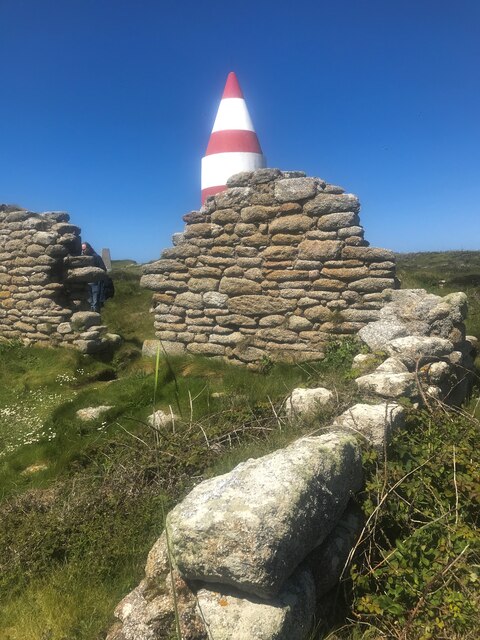
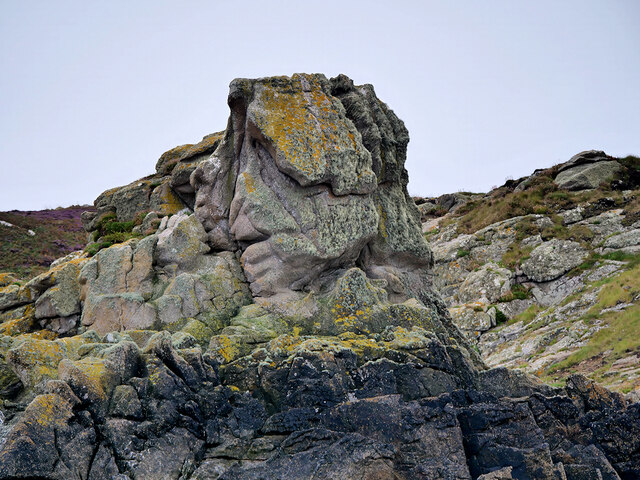
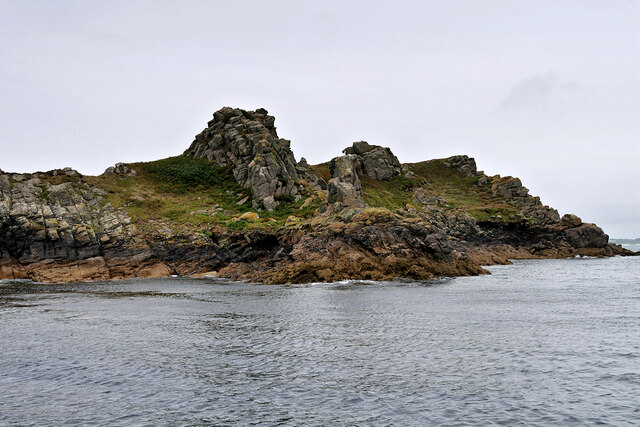
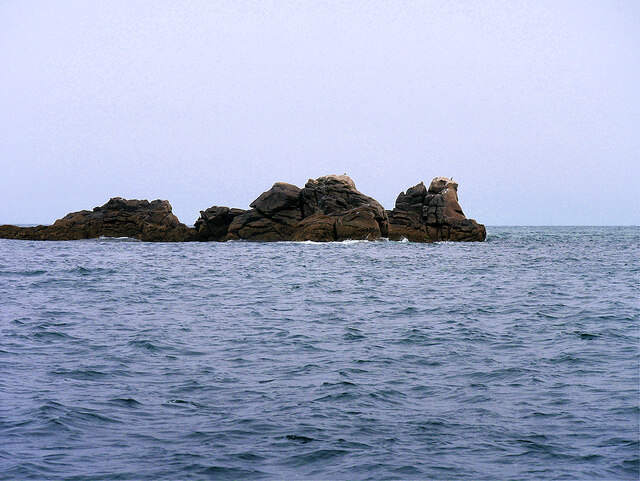
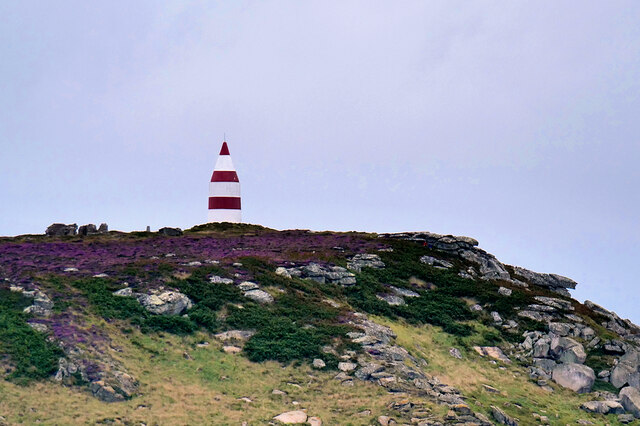
Hard Lewis Rocks is located at Grid Ref: SV9515 (Lat: 49.96507, Lng: -6.2462419)
Division: Isles of Scilly
Unitary Authority: Isles of Scilly
Police Authority: Devon and Cornwall
What 3 Words
///packing.constitutes.whiskers. Near St Martin's, Isles of Scilly
Nearby Locations
Related Wikis
PS Earl of Arran (1860)
PS Earl of Arran was a passenger vessel operated by the Ardrossan Steamboat Company from 1860 to 1871 and the West Cornwall Steam Ship Company from 1871...
Great Ganilly
Great Ganilly ( gə-NIL-ee; Cornish: Goonhyli Veur, lit. 'great saltwater downs') is one of the Eastern Isles of the Isles of Scilly. It has a maximum total...
Eastern Isles
The Eastern Isles (Cornish: Enesow Goonhyli, islands of the salt water downs) are a group of twelve small uninhabited islands within the Isles of Scilly...
Higher Town, Isles of Scilly
Higher Town (Cornish: Trewartha) is the easternmost and largest settlement on the island of St Martin's in the Isles of Scilly, England. It is situated...
Have you been to Hard Lewis Rocks?
Leave your review of Hard Lewis Rocks below (or comments, questions and feedback).
